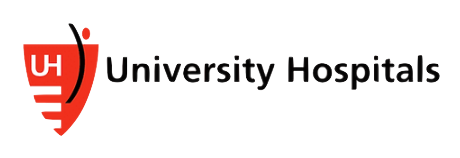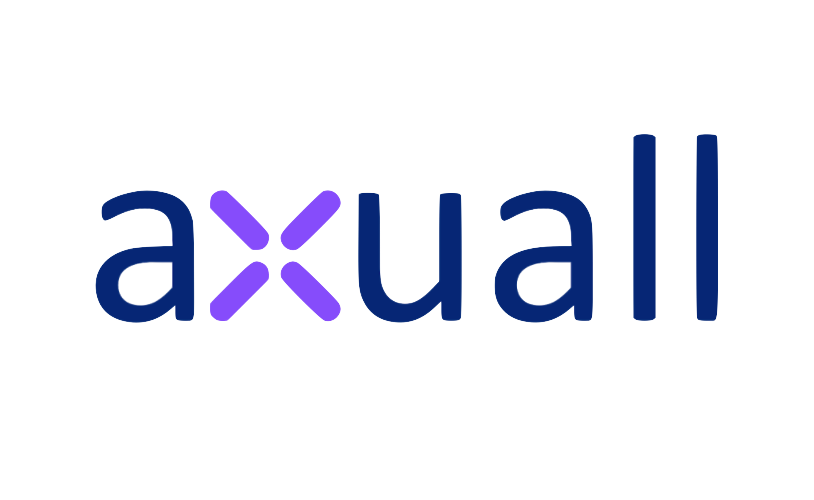vol:31 | Issue 7
Credentialing Resource Center Journal
It seems like a paradox: As credentialing becomes more complex, MSPs are asked to credential practitioners even faster. Yet this is the case in most hospitals and health systems across the country. So how can MSPs reduce the number of days to process a credentialing file (also known as application turnaround time) while not rushing through the process and letting problem practitioners slip through the cracks? One way is to automate steps of their credentialing process.
Take University Hospitals, for example—a study conducted between University Hospitals and the Healthcare Management Academy in 2021 identified that by streamlining its credentialing process, University Hospitals reduced its onboarding time by 16 days, representing an average revenue savings of $74,000 per new physician hire.
Although no one would deny the importance of revenue, automating credentialing is about more than just money.
“I had to spend a lot of time on the education around not just the time value of money, but the notion … that looking to fill a role or seat … is by virtue a pull through need, and you’re changing elements of access, and you potentially, absolutely are impacting workforce resilience and burnout,” says David Sylvan, president of University Hospitals Ventures. “You certainly are impacting revenue from the standpoint of unfilled slots and the other challenges associated with not having the right staffing mix—right place, right time, right patient. And it took us some time to convince people that this was not just a delayed revenue play—this was a lost revenue, lost workforce resilience, and potential adverse patient outcome play.”
An outsider’s perspective
Before automating its credentialing, University Hospital’s average credentialing timeline was 70–75 days, slightly better than the U.S. average of 100 days.
As an outsider to the medical staff credentialing process, Sylvan quickly learned a lot—including the common issues MSPs struggle with.
“I’ll be quite honest, I did not know that credentialing was a problem,” he says. “I came from a capital markets world and investment banking world where I had licensure, and for me to re-up was pretty much every couple of years sitting for a relatively low lift–type test and instantaneously I was relicensed for the next couple of years.”
Once Sylvan started looking into University Hospitals’ current credentialing process, he quickly noted areas that could be improved. The credentialing process was not fully electronic—the medical staff services departments were still relying on paper and fax machines.
“It was very easy to begin to extrapolate all of the downstream impacts, effects, and implications of just not doing this right. From the system’s perspective, from the clinician’s perspective, and most importantly from the patient’s perspective when it comes to outcomes, there was very clearly a big, glaring problem. We are human-centered design focus in our innovation department, so we always start with the users, the people that will be impacted by introducing a new technology. I have a chief medical officer and other clinicians on the team, so I didn’t have to go very far to understand what this looks like, and it was a really burdensome process,” says Sylvan.
Streamlining the onboarding process of clinicians
University Hospitals Ventures partnered with Axuall, Inc., a national digital credential network and clinical workforce intelligence company that enables clinicians, healthcare systems, and primary source institutions to share and manage authenticated credentials in real-time.
The partnership created what Sylvan calls a “digital wallet” for each practitioner with all of the practitioner’s credentialing information. Not only can this information be stored for reappointments and enrolling with insurance panels, it also can be used throughout the 23 hospitals in the health system for practitioners who apply for privileges at multiple hospitals. It can even be used if the practitioner leaves the organization and applies to another hospital that also uses Axuall.
“I know the net promoter score is through the roof because clinicians are saying, ‘Wait, I’m done and I don’t have to do it again? You mean this is going to repopulate and re-up without much of my intervention other than making my affirmations?
And you’re telling me this is mine—if I leave here and I go to another hospital using this platform, bang, I’m just
credentialed?’ And the answer is, ‘Yes.’ ”
University Hospitals purposely took it slow in the early days of the rollout, deciding to start with a limited number of practitioners to work out kinks in the system and to keep both practitioners and MSPs comfortable with the process. The organization has since processed over 3,100 of its clinicians on the Axuall network. For clinicians who established their digital wallets, the feedback was overwhelmingly positive, with an average score of 9 out of 10 when asked to rate the degree to which they would recommend the service to a peer.
Support for MSPs
As can happen with the implementation of any new technology, some MSPs at University Hospitals feared that the automation of credentialing would mean they’d be replaced by robots. Sylvan reassured them that this wasn’t the case.
“The technology is not intended to support every edge case nor automate 100% of tasks,” says Sylvan. “I had to tell them, ‘This is going to actually perfect your job. Use your skills only for those elements where there needs to be manual intervention or stand-alone investigation, and where possible, use the technology to sort of funnel everyone else through the process in an expedited manner.’ ”
As part of the adjustment process, MSPs also needed to break old habits of manually processing certain tasks when supervised automation could improve accuracy and coverage.
Sylvan notes that automation continues to place patient safety at the forefront. “The credentialing process still requires other important steps to ensure safety and manage the workflows associated with approvals, privileging, and payer enrollment. Axuall helped automate and streamline the collection of data from clinicians and independent verifying sources. However, credentialing standards require that MSPs still review all the data in a clinician’s file prior to advancing them through the cycle,” he explains. “While automation serves a critical role in driving efficiency, it should never replace the steps that protect our patients. As an analogy, we’re not removing the pilots in the cockpit, but rather automating their tasks to make everything safer. This is an important cultural shift for our teams.”
This is where health system leadership comes into play, he adds. Now that they have the tools in place to get practitioners credentialed faster, leaders need to make sure it is happening. Specifically, Sylvan is working with the chair of clinician services to champion the program. “When he doesn’t have the right number or optimal provider in the right place at the right time for the right patient, he needs to solve the problem.”
University Hospitals is also leaning on Axuall to provide ongoing support and training to MSPs as they learn the new process.
Showing ROI
When it comes to improving the credentialing process, lack of support from the organization is a common problem. MSPs often lament that leaders don’t understand how credentialing affects the hospital, the revenue cycle, and most importantly, patient care. So while MSPs might understand that they need software or automation processes, it can be an uphill battle convincing leadership of that fact.
Getting through to leaders might require MSPs to have a physician champion in their corner—and to show the ROI on an investment in software or automation.
Sylvan says University Hospitals Ventures has partnered with the revenue cycle, credentialing, and finance departments, as well as the Office of Operational Effectiveness, to come up with some estimations on positive net impact.
Time matters in healthcare, and the statistics gathered since University Hospitals partnered with Axuall are showing significant improvements in credentialing and processing times. For instance, clinicians using the digital wallet were able to apply and share their credentials in a median of seven days as opposed to the common baseline of 21, saving valuable effort.
“The ROI on something like this is a little mercurial. But we used some very conservative numbers … and [came up] with a number that can add up to tens of millions in revenue capture and operating efficiency for an organization our size. And as the chair of my department said: ‘Even if you’re 80% wrong, we should still do this all day long.’ ”
“Until we can truly prove this out mathematically, we certainly know from observation and experience that this is having a very positive impact. And we should do it all day long. It pays for itself,” says Sylvan.



